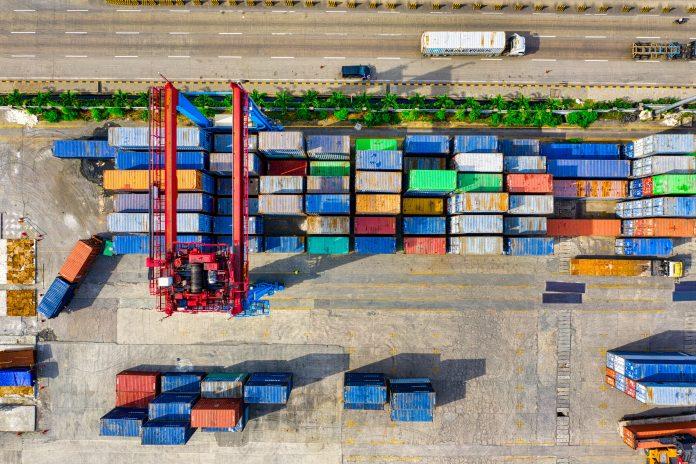The automotive sector plays a key role in a nation’s economy, be it macroeconomics or microeconomics. It generates millions of jobs in the automotive sector itself such as manufacturing, supplying and distribution. In addition to that, all industries are dependent on automobiles. And, an automobile can be anything- a plane, a train, a ship, a heavy-duty vehicle (JCBs, tractors, bulldozers, etc.), and so on.
Besides that, it also signifies a social status of an individual. For instance, an individual with an expensive car will have a status symbol. As a result, people begin to look up to the person with a status symbol. Several types of research show that a car trip either ends with an economic transaction or some added benefit to our quality of life.
However, things have changed and are changing rapidly- and to comprehend the paradigm shifts, we list out a few key factors that have made an impact on the global economy.
Generates Opportunities
As mentioned earlier, the automobile sector creates millions of jobs in manufacturing vehicles and the parts that go into them. That makes a significant percentage of the world’s total manufacturing employment. As per sources, it is indicated that each auto job works in tandem with five other indirect jobs, as a result, the number of jobs shoots up. As most of you might be aware, automobiles are built using the products of many industries, such as aluminium, iron, steel, plastics, glass, computer chips, rubber, carpeting, textile, and so on.
Moreover, ever since the inception of passenger vehicles, which was a century ago- this industry has gone through several changes in terms of fuel type. The current EV bandwagon was already introduced during the late 1880s. But, it was axed in the following years due to investments involved. That said, the next alternative was gasoline which included both petrol and diesel engines. The EVs were overshadowed by gasoline-powered vehicles, but in the 80s, they started gaining traction, as there was a concern raised for climate change.
So, for EVs, manufacturing batteries and producing EVs (cars or two-wheelers) generated more jobs. The R&D that goes into manufacturing products also generates more opportunities.
Boosts Import and Export Business
Many automobile manufacturers are also dependent on import and export businesses. For instance, some automobile companies in India outsource parts from their suppliers based in other countries and assemble them in India. Following this route, it makes the product a completely knocked down (CKD) unit. On the other hand, the completely-built units (also called CBUs) are those that are already produced in their respective factories based in their homelands and are imported by other countries. These CBUs can be expensive, especially in those countries where there are heavy excise and import duties.
For this business, several specialised intermediates are there to help the buyer with the import and export business.
Helps in other Economic Activities
The other economic activities comprise the construction of buildings, minings, making roads and laying down railway tracks. For rapid construction activities, you would need a robust vehicle that can withstand any difficulty. In addition, it should have state-of-the-art technology. With an effective utilisation of the latest technology, you can create a great output. Having said that, some developing countries still practise economic activities with outdated vehicles and technologies, as a result, the outputs aren’t capable of meeting the expectations.
That is why, some developing countries outsource advanced heavy-duty vehicles that can effectively do the job. There is no need to talk about developed countries, as they mostly have advanced technologies in use.
Apart from that, economic activities can also include carrying passengers from one place to another. Two types of fast transportation which are mostly used as people carriers include air transportation and land transportation. The former comprises a chopper and an aeroplane, while the latter includes cars, buses, vans, railways, etc. These two types of transportation are faster than water transportation. And, people who are involved in economic activities are supposed to work on everything on time, as you might have heard this popular phrase, “time is money”.
In parallel, water transportation is also widely popular in the world of economic activities. It is the oldest type of transportation, be it trading or sailing. Many sailors have discovered countries while travelling inter-continent by using water transportation. Christopher Columbus discovered several countries, notably the Bahamas and some parts of South America, while Vasco De Gama, a European explorer discovered India. Most of the explorers- turned into sailors, discovered the countries by accident, as they were primarily looking for suitable sea routes from Europe.
At the same time, water transport is still used among global-level traders. Many special sea routes have also been opened lately by several countries that have drastically reduced time and have increased product outputs.
Check Out the Latest Updates: Automotive News



